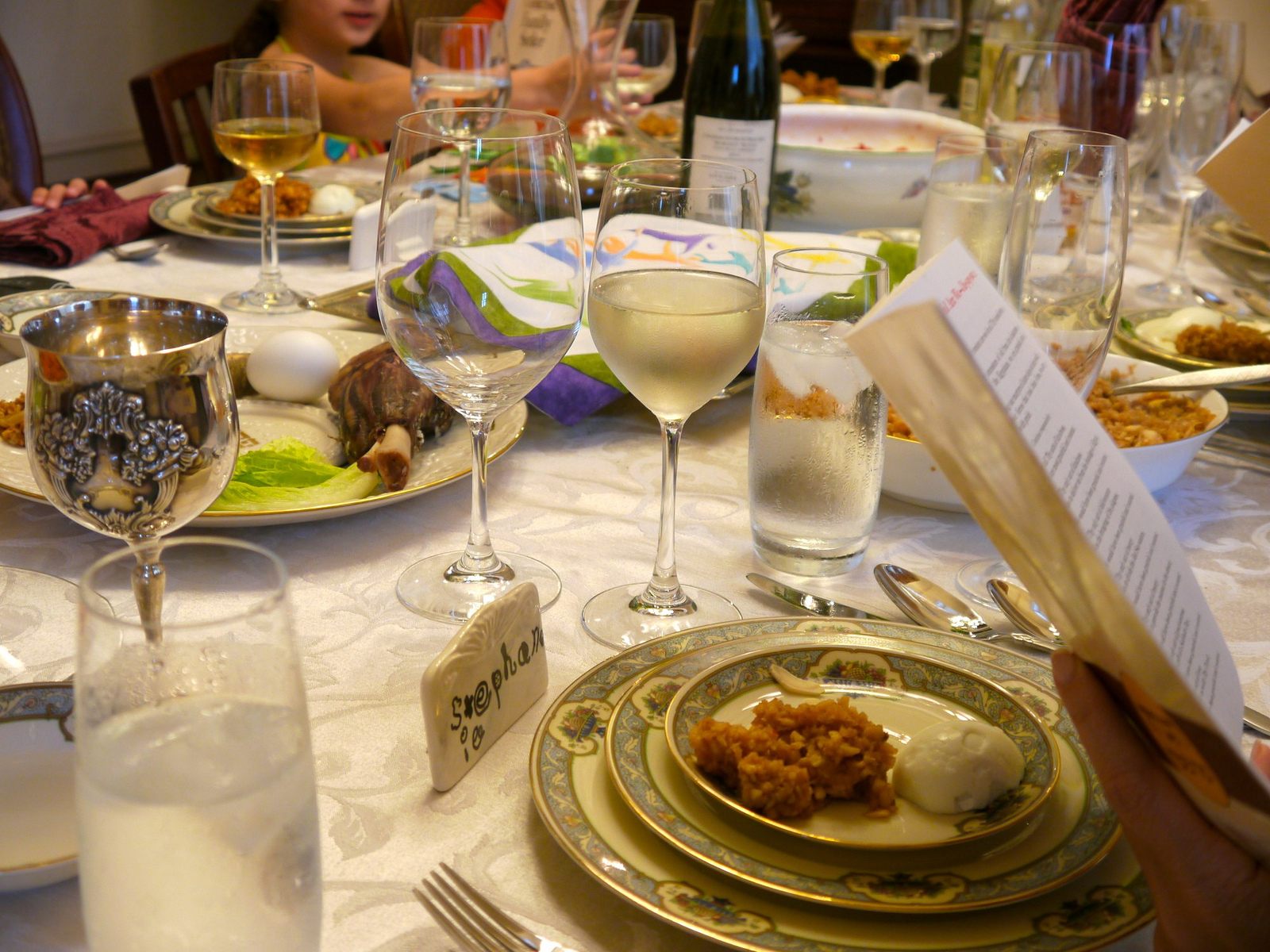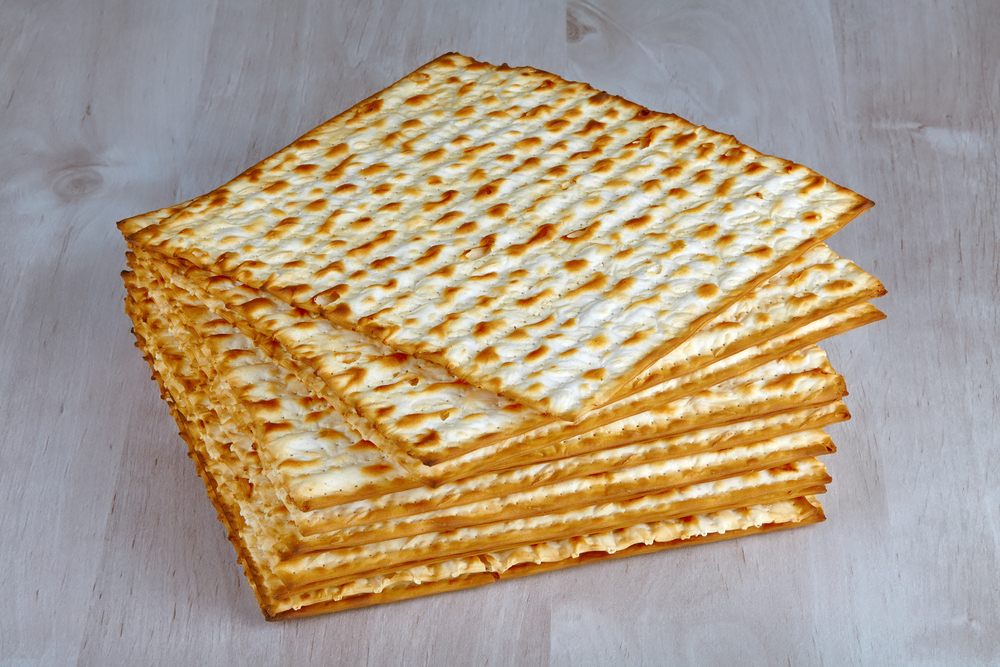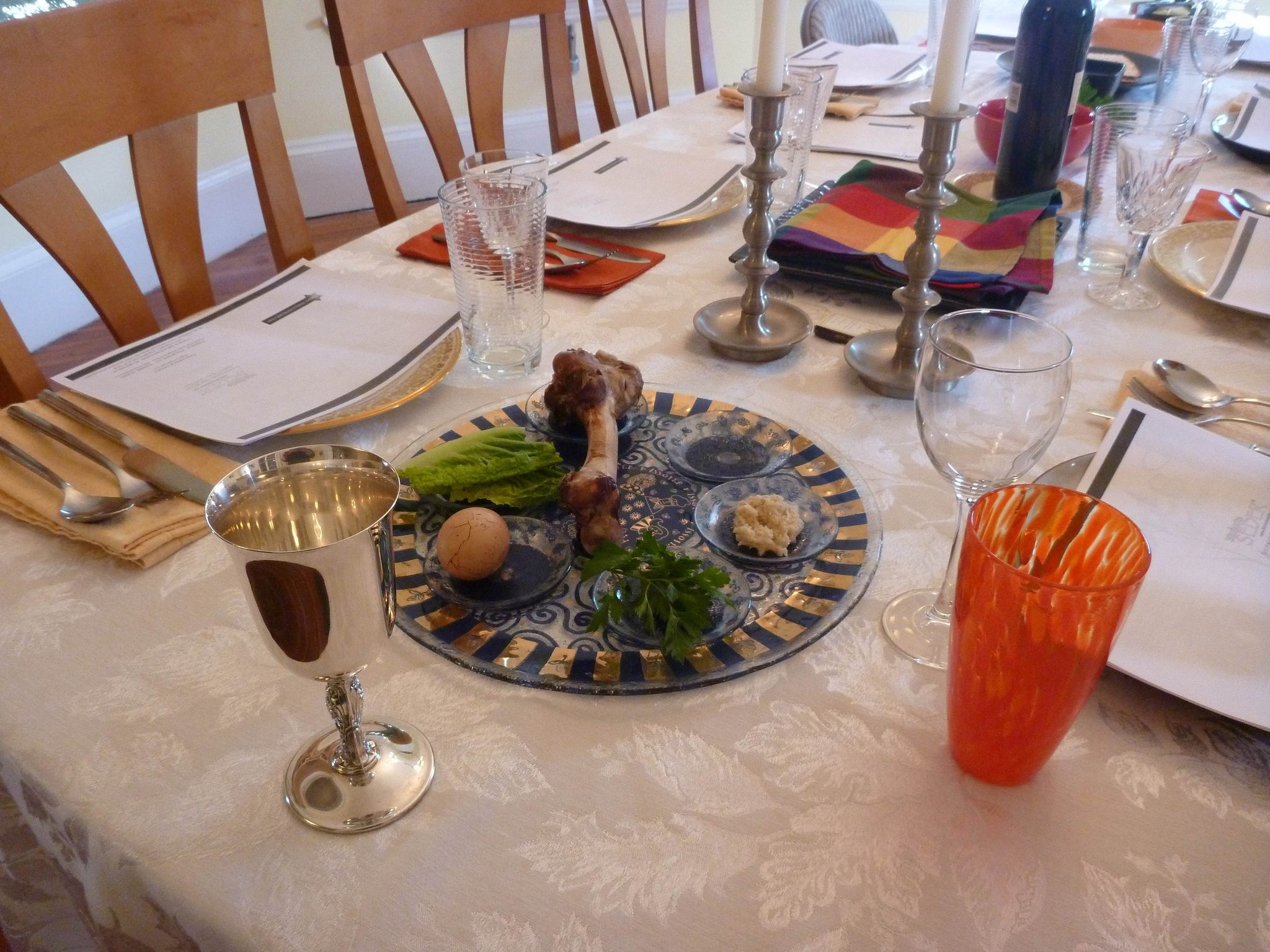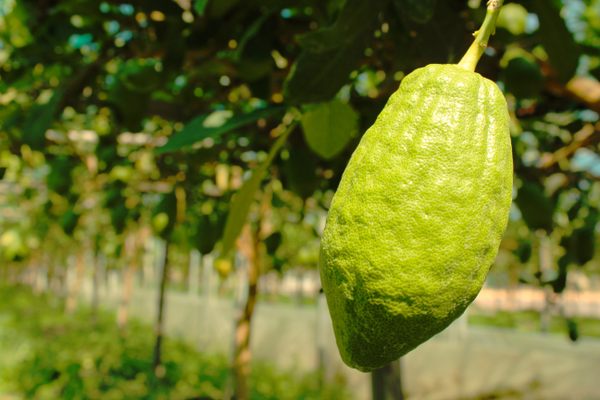Let Them Eat Corn! The New Rules of Passover
The eons-old fight over whether eating bread should be punishable by death.

A table set for the Passover Seder. (Photo: atl10trader/CC BY 2.0)
The ancient punishment for very serious crimes in the Jewish world is called kareth, or “cutting off,” which could mean either capital punishment or excommunication. Crimes worthy of kareth include incest, bestiality, sacrificing one’s own child, and, um, eating bread during Passover.
Most likely no one has been executed for eating a sandwich during Passover in quite some time, if ever, but the fact remains that the dietary laws during the holiday, beginning at sundown this Friday, are very, very serious. And yet they’re also completely muddled and chaotic: people obey totally different rules based on where they’re from, and every once in awhile a prominent rabbi looks at an old rule and says “this is stupid” and that rule no longer counts. To this day, groups of scholars issue rulings on whether it’s okay to, say, eat quinoa. (The ancient Jews, being very far from the Andean home of quinoa, were unable to properly rule on the food.)
At the risk of generalizing, Jews love to argue, and the rules about what is acceptable for Jews to eat during Passover is an excellent topic about which to argue. There are stakes, at least theoretically, from that kareth punishment, meaning there is some pressure to figure out the answer. The rules themselves are sort of conceptual, which means there’s endless wiggle room to debate. And debate we have, for literally thousands of years, with no real end in sight.

A stack of matzoh bread. (Photo: LeonP/shutterstock.com)
The Passover dietary restrictions originate from one detail in the Passover story, one of the oldest stories and thus one of the oldest holidays on the Jewish calendar. While fleeing persecution in Egypt, goes the story, the Jews had such little time to prepare that bread wasn’t even able to rise. But this unleavened bread, now called matzoh, proved hardy and easy to transport, and sustained the Jews as they fled.
To commemorate this incident, and to remember the suffering our ancestors went through, Jews attempt to, sort of, emulate this diet. Here’s one of the many possible translations of a passage in Deuteronomy that spells this out:
You shall not eat leavened bread with it; seven days you shall eat with it unleavened bread, the bread of affliction (for you came out of the land of Egypt in haste), so that you may remember all the days of your life the day when you came out of the land of Egypt.

Chametz products covered up in a Jerusalem supermarket. (Photo: Daniel Case/CC BY-SA 3.0)
The word used in Deuteronomy for “leavened bread” is chametz, and Jews for whatever reason decided to take this prohibition incredibly seriously. You can’t just not eat it; you have to ritually expel it from your house, you are not allowed to sell it, and you must be careful not to let any chametz even come into contact with anything you might eat during Passover. There are ancient prayers to render any stray crumbs that might still be in your house “ownerless” and “nullified.”
But before you can chant Aramaic at a crumb to officially orphan it, you have to decide what actually qualifies as chametz, and this turns out to be a complete nightmare of a proposition. The Talmud, essentially the opinions and thoughts of ancient scholars about how the dictates in the Torah should be carried out, offers a basic sort of idea: chametz includes grains that rise, or ferment, when exposed to water.
The Talmud helpfully lists five of these, except only two of them can today be identified without doubt (barley and wheat). The other three are usually translated as rye, spelt, and oats, but it’s unlikely that either rye or oats actually grew in Israel when the Talmud was composed. Some scholars have decided the translations of the original five chametz grains might include farro, or sorghum, or maybe just another kind of barley.

Home made shmurah matzah. (Photo: Edsel Little/CC BY-SA 2.0)
A commonly, but by no means exclusively, accepted ruling is that any grain that has been combined with water for 18 minutes or more qualifies as a chametz product and is thus forbidden. The 18-minute rule dates to a conversation between two scholars held sometime around 200 CE; one rabbi, an enormously fat scholar named Shimon ben Lakish, opined that the time it takes for chametz-potential products to become actual chametz is “as long as it takes a man to walk from Migdal Nunaiya to Tiberias.”
On Google Maps, Migdal Nunaiya, now called Migdal and known as Mary Magdalene’s hometown, is about five miles from Tiberias, or one hour and 42 minutes by foot. It is unclear how this trip ever took 18 minutes. Today, in a car, it takes 11.
So the 18-minute mark is not always obeyed; scholars up to the modern day have debated exactly how long it takes for chametz-potential ingredients to ferment into chametz. After all, some products take longer to ferment than others—surely this should be taken into consideration! There’s no conclusion on that, partly because there’s no conclusion on any of this.

Orange juice that is kosher for Passover. (Photo: Pete unseth/CC BY-SA 4.0)
But the concept of fermentation extends even further. Take alcohol, for example: beer is made from fermented barley or wheat. Therefore it is forbidden on Passover. But wine is made from grapes: just fine on Passover. (In fact drinking wine is a major part of the Passover seder.) The prohibition then gets even more granular: since fermented alcohol becomes vinegar, you have to make sure even your vinegar comes from the right place. Malt vinegar, made from beer? Nope. Apple cider vinegar? Fine. Plain white vinegar? Ah ha, you must investigate this, because white vinegar is made from a neutral alcohol (basically vodka). Some of it comes from wheat: bad! Some comes from potatoes: fine!
A weird thing about Judaic rules is that they vary widely based on community. For much of Jewish history, Jews have been scattered all over the planet, following the opinions of individual rabbis or sects. There is no centralized rule-making force as there is in the Catholic church; the rabbis and organizations involved in this story are simply people who have studied a lot and have opinions and are good at arguing those opinions.
Sometime around the destruction of the first Temple in Jerusalem in 587 BCE, the Jews dispersed, and began to develop separate customs based on where they ended up. The two largest groups still remaining are the Ashkenazi, who ranged from Germany to Russia, and the Sephardi, who settled around the Mediterranean, from the Middle East to Spain. These groups are exceedingly different; they speak different languages, eat different foods, and have different religious customs, all within the framework of Judaism.

A Passover table showing the Seder plate. (Photo: Rebecca Siegel/CC BY 2.0)
Those differences extend to how they cope with chametz, especially with a wide subsection of plants known as kitniyot. Kitniyot technically refers to legumes, but during Passover it gets even broader, and can include rice, corn, sesame seeds, and lentils. The Ashkenazi Jews traditionally do not eat kitniyot during Passover; the Sephardi do. Sort of.
The ban on kitniyot is about 800 years old, and by this time it’s basically been a rule for so long that observing it is less a statement about how true-to-the-Talmud it is and more about just keeping traditions alive. But in late 2015, two major scholarly groups both decided that kitniyot are now just fine to eat. These groups do not declare what people should do; they simply espouse learned opinions. And those learned opinions were, basically, that the Ashkenazi ban on kitniyot is stupid.
“In our opinion it is permitted (and perhaps even obligatory) to eliminate this custom,” writes Rabbi David Kolinkin in one of these. For those Ashkenazic Jews who pay close attention to the rulings of learned Israeli Rabbis, this year might be the first in which they happily partake in rice and corn during Passover.
Gastro Obscura covers the world’s most wondrous food and drink.
Sign up for our regular newsletter.
























Follow us on Twitter to get the latest on the world's hidden wonders.
Like us on Facebook to get the latest on the world's hidden wonders.
Follow us on Twitter Like us on Facebook